- Wednesday, 7 January 2026
Poverty Lines Versus The Poor
Conceptualising and measuring poverty is a daunting task. Without proper measurement, the existing poverty status and progress over time cannot be figured out. To track progress on Sustainable Development Goal 1 (SDG 1) on ending extreme poverty by 2030, the United Nations (UN) relies on the World Bank (WB) to estimate the share of people living below a certain threshold, called the International Poverty Line (IPL). In June this year, the WB changed the IPL, raising it significantly from $2.15 to $3 per day. This increase is more than the inflation adjustment and added 125 million people below the IPL. However, if we consider that the income of the poor has also increased over the years, we will arrive at the point that the new IPL has not actually increased global poverty. Besides, it also reflects the rise in national poverty thresholds by 23 low-income countries, which are the sources of IPL. It is of average of the national poverty thresholds of these countries.
Estimating global incomes is also a complex task. First, it is necessary to collect data from household surveys by national governments. These data are collated to make them logically comparable across countries. The necessary adjustments are carried out to address the differences in the cost of living between countries and align the data to a common year. Typically, conversion is based on purchasing power parity (PPP) rates, allowing the estimated national distributions of incomes to be comparable within and between countries worldwide.
National poverty lines
Once such income data is created, the second task is to find out the extreme poverty as measured by IPL. In doing this, the first step is to collect a comparable set of national poverty lines that are used by individual countries to estimate official poverty rates among their populations, which are later converted into a comparable set of national poverty lines, all measured in international dollars. Since richer countries generally set higher poverty lines (at $30 or $40 per person per day), the WB anchors the national poverty lines of the poorest countries (and their median value) to determine the IPL. This reflects the IPL’s core aim, which is to be an extremely low-income threshold. This helps focus the world’s attention on the situation of the poorest people on earth.
Currently, the national poverty lines among low-income countries range from $1.50 to $5 per person per day. When setting the IPL, the WB found the median poverty line among the 23 countries with available data to be $3.04, which was rounded to give $3 per day. This is the global poverty threshold level and is applied to the global income distribution to estimate the share of people living in extreme poverty. This can be simply understood as someone is below the IPL if their/per capita income/consumption is less than $3 per day in PPP terms.
According to this new measure, only 2.44 per cent of Nepal’s population is below the IPL, whereas Nepal’s 2023 revised National Poverty Line (NPL) is defined as an annual per capita consumption expenditure of Rs. 72,908 (approximately $544.73 per annum and approximately $1.5 per person per day). This national poverty threshold is determined by an individual’s basic food and non-food necessities for a minimum livelihood. As per the NPL, 20.27 per cent of our population is counted as poor. While both the IPL and NPL measure extreme and absolute poverty levels, the poverty rate calculated by them is very different, nearly 8 times (2.44 per cent versus 20.27 per cent).
This difference must be understood for policy and programmatic interventions. The national poverty line is a national construction, derived from national household surveys to track progress on poverty reduction at the national level. Its basic cost is based on the national living situation, including changing consumption patterns. As explained above, the IPL is an average of 32 low-income countries’ NPL. IPL is constructed to assess the poverty situation around the globe. If we rely on IPL, Nepal’s extreme poverty is only 2.44 percent. This means there is nearly no poverty in the country. Hence, resources, actions and efforts for poverty reduction will be limited. Policy makers will be less sensitive to poverty issues.
Overcoming poverty
In contrast, if we rely on NPL, one-fifth (20.27 per cent) share of our population is still in absolute/extreme poverty in Nepal. This pushes policymakers to take serious actions to tackle poverty. Consequently, more robust planning, targeted interventions and additional resources will be deployed. This is why how we conceptualise, define and employ a particular approach to measure poverty matters in our journey towards overcoming poverty. The IPL shows that extreme poverty has come down globally despite pockets of poverty in a few countries. This is only 10 per cent but well above the 2030 SDG target of abolishing extreme poverty from all corners of the world. Even more concerning here is the existing global inequality between rich and poor countries.
It has been noted that whether measured at $2.15 or $3, the IPL is an extremely low benchmark. In the UK, extreme national poverty is set at $30 per day, and in Nepal, it is just $1.50. This large gap shows the urgent need to tackle inequality. Sometimes inequality bites more than poverty. Calculations show that if we apply the UK poverty threshold of $30 per day, globally, nearly 80 per cent of the world’s population would be counted as poor.
(Dr. Bhusal is a development expert.)


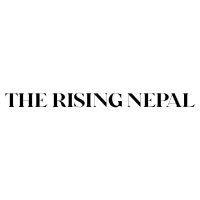
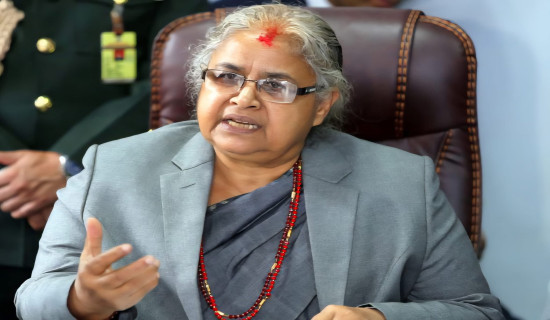
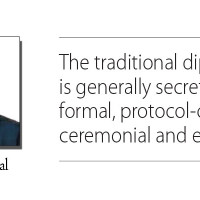


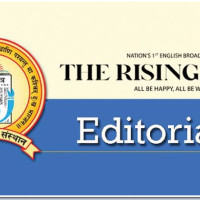
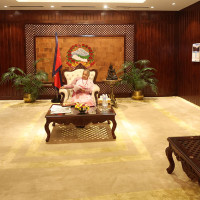
-original-thumb.jpg)







